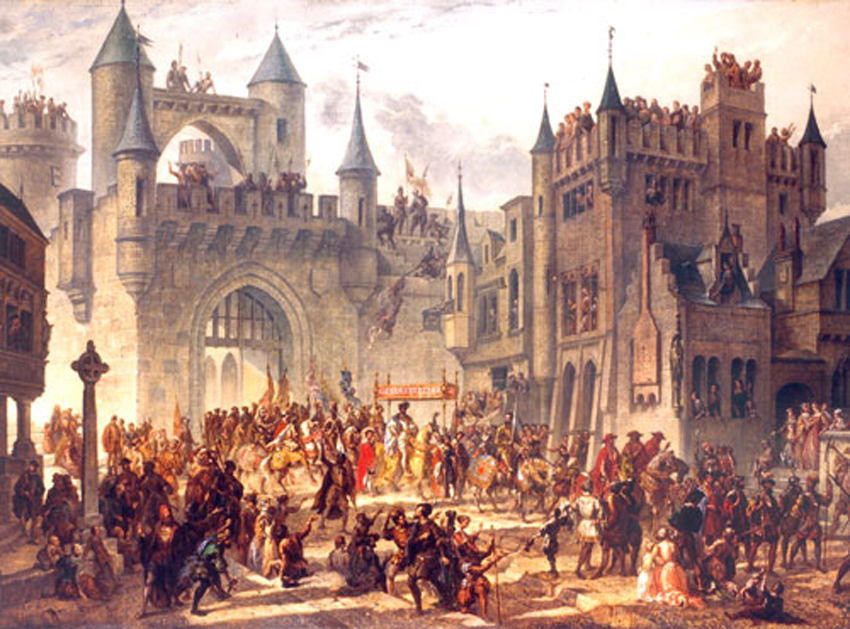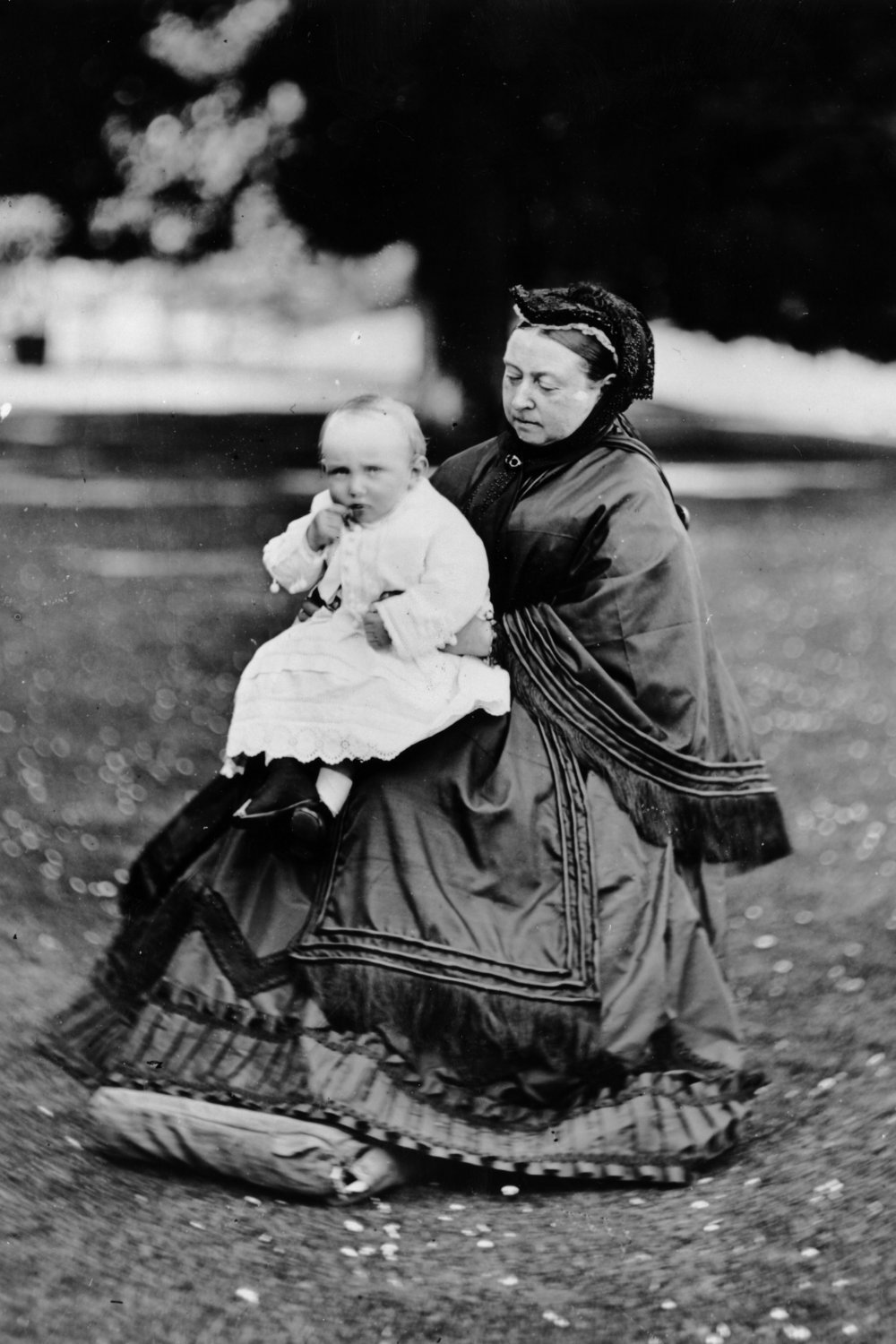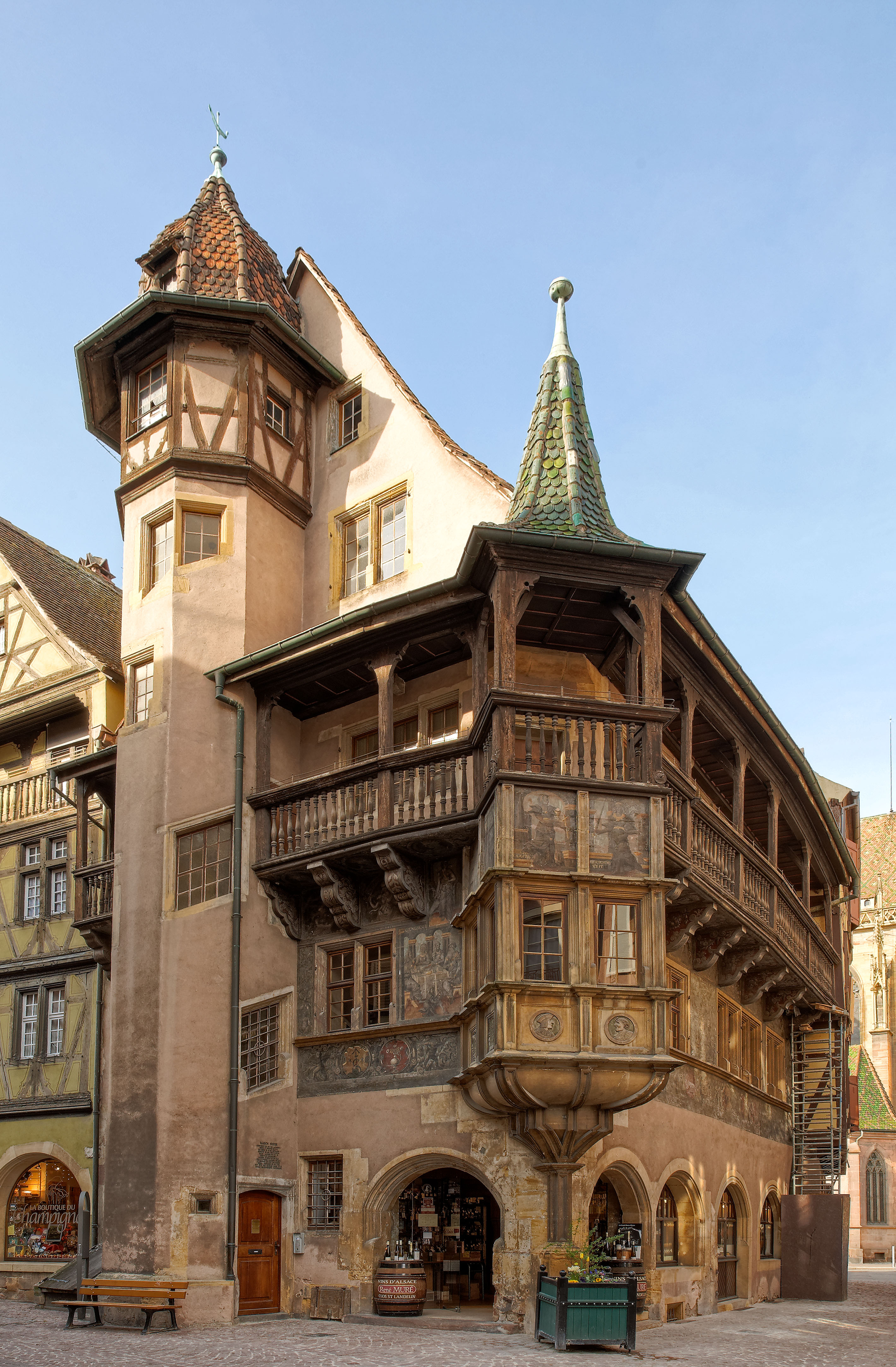|
Willy Rohr
Willy Martin Ernst Rohr (19 May 1877 – 8 March 1930) was a German Army officer who was a major contributor to the development of infantry tactics in World War I, particularly for the system of Storm Battalions. Biography Willy Rohr attended a military school in Bensberg and Karlsruhe before he transferred to the Prussian Hauptkadettenanstalt (Central Officer's Training School) in Lichterfelde, Berlin. He joined the 3rd Magdeburg Infantry Regiment No. 66 as a second lieutenant in 1896. From 1899 to 1903, Rohr was assigned to NCO School in Potsdam and became a battalion adjutant and later a regimental adjutant. In 1906, he was promoted as a first lieutenant. After working as a teacher in the infantry shooting school in Wünsdorf from 1911-1912, Rohr was transferred to the 10th Rhineland Infantry Regiment No. 161 in Trier and was promoted as a captain. At his request, in 1913, he was transferred to the Guards Rifle Battalion in Gross-Lichterfelde and served as the command ... [...More Info...] [...Related Items...] OR: [Wikipedia] [Google] [Baidu] |
Metz
Metz ( , , , then ) is a city in northeast France located at the confluence of the Moselle (river), Moselle and the Seille (Moselle), Seille rivers. Metz is the Prefectures in France, prefecture of the Moselle (department), Moselle Departments of France, department and the seat of the parliament of the Grand Est Regions of France, region. Located near the Tri-border area, tripoint along the junction of France, Germany and Luxembourg,Says J.M. (2010) La Moselle, une rivière européenne. Eds. Serpenoise. the city forms a central part of the European Greater Region and the SaarLorLux euroregion. Metz has a rich 3,000-year history,Bour R. (2007) Histoire de Metz, nouvelle édition. Eds. Serpenoise. having variously been a Celts, Celtic ''oppidum'', an important Gallo-Roman city,Vigneron B. (1986) Metz antique: Divodurum Mediomatricorum. Eds. Maisonneuve. the Merovingian capital of Austrasia,Huguenin A. (2011) Histoire du royaume mérovingien d'Austrasie. Eds. des Paraiges. p ... [...More Info...] [...Related Items...] OR: [Wikipedia] [Google] [Baidu] |
World War II German Army Ranks And Insignia
The world is the totality of entities, the whole of reality, or everything that exists. The nature of the world has been conceptualized differently in different fields. Some conceptions see the world as unique, while others talk of a "plurality of worlds". Some treat the world as one simple object, while others analyze the world as a complex made up of parts. In scientific cosmology, the world or universe is commonly defined as "the totality of all space and time; all that is, has been, and will be". Theories of modality talk of possible worlds as complete and consistent ways how things could have been. Phenomenology, starting from the horizon of co-given objects present in the periphery of every experience, defines the world as the biggest horizon, or the "horizon of all horizons". In philosophy of mind, the world is contrasted with the mind as that which is represented by the mind. Theology conceptualizes the world in relation to God, for example, as God's creation, ... [...More Info...] [...Related Items...] OR: [Wikipedia] [Google] [Baidu] |
Georg Wetzell
Georg Wetzell (5 March 1869 – 3 January 1947) was a German General of the Infantry and from 1925 to 1927 chief of the (troop office) of the . Biography On 1 October 1889, Wetzell joined the Pioneer Battalion No. 16 of the Prussian Army in Metz as a and was promoted to second lieutenant by the end of August 1891. As such, he was transferred to the Pioneer Battalion No. 20, also stationed in Metz, on 1 October 1893, and attended the Unified Artillery and Engineering School for further training. In 1898 he was assigned to Infantry Regiment No. 144, in which he was promoted to . From 1901 to 1903 Wetzell attended the Prussian Staff College and was then assigned to the General Staff. After promotion to on 1 October 1912, he was assigned as Ia (first staff officer) to the staff of the III Army Corps on 22 March 1913. There he remained after the outbreak of World War I and from 9 March 1915 he served as the chief of staff of the III Army Corps. In August 1916 he was transferred t ... [...More Info...] [...Related Items...] OR: [Wikipedia] [Google] [Baidu] |
Ewald Von Lochow
Ewald Constantin Ferdinand Friedrich von Lochow (1 April 1855 in Petkus – 11 April 1942 in Berlin-Charlottenburg) was a Prussian officer and later General of Infantry during World War I. He was a recipient of Pour le Mérite with Oakleaves. Awards * Iron Cross II Class (1914) * Iron Cross I Class (1914) * Pour le Mérite (14 January 1915) and Oakleaves (13 November 1915)Hanns Möller: ''Die Geschichte der Ritter des Ordens „pour le merite“ im Weltkrieg 1914–1918.'' Deutsches Wehrkundearchiv 2007, DW-34001-00 * Order of the Crown * Order of the Zähringer Lion * Order of Albert the Bear * Hanseatic Cross Lübeck * Order of the Red Eagle * Bavarian Military Merit Order * Albert Order The Albert Order () was created on 31 December 1850 by King Frederick Augustus II of Saxony to commemorate Albert III, Duke of Saxony (known as Albert the Bold). It was to be awarded to anyone who had served the state well, for civil virtue, s ... * Württemberg Order of the Crow ... [...More Info...] [...Related Items...] OR: [Wikipedia] [Google] [Baidu] |
Wilhelm Of Prussia (1882-1951)
Wilhelm, German Crown Prince, Crown Prince of Prussia (Friedrich Wilhelm Victor August Ernst; 6 May 1882 – 20 July 1951) was the eldest child of the last German emperor, Wilhelm II, and his consort Augusta Victoria of Schleswig-Holstein, and thus a great-grandson of Queen Victoria, and distant cousin to many British royals, such as Queen Elizabeth II and King Charles III. As Emperor Wilhelm's heir, he was the last Crown Prince of the German Empire and the Kingdom of Prussia, until the German Revolution of 1918-1919, abolition of the monarchy. Wilhelm became crown prince at the age of six in 1888, when his grandfather Frederick III, German Emperor, Frederick III died and his father became emperor. He was crown prince for 30 years until the Abdication of Wilhelm II, fall of the empire on 9 November 1918. During World War I, he commanded the 5th Army (German Empire), 5th Army from 1914 to 1916 and was commander of the Army Group German Crown Prince (German Empire), Army Group G ... [...More Info...] [...Related Items...] OR: [Wikipedia] [Google] [Baidu] |
5th Army (German Empire)
The 5th Army () was a field army of the Imperial German Army during World War I. It was formed on mobilization in August 1914 seemingly from the VII Army Inspection. The army was disbanded in 1919 during demobilization after the war. History In August 1914 the command of 5th Army was assigned to Crown Prince Wilhelm of Germany, heir to the Hohenzollern throne, with General Schmidt von Knobelsdorf serving as his chief of staff, and would remain thus until late 1916. The opening hostilities on the Western Front saw the Crown Prince's 5th Army, along with the neighboring 4th Army (commanded by Albrecht, Duke of Württemberg), acting at the center of the Schlieffen plan attack into Belgium and France. On 21 August 1914, in what became known as the Battle of the Ardennes, the 4th and 5th Armies advanced into the Ardennes to counter a thrust by the French 3rd and 4th Armies. Over the next two days 5th Army played a major part in halting the opposing French forces. By 23 ... [...More Info...] [...Related Items...] OR: [Wikipedia] [Google] [Baidu] |
Vosges
The Vosges ( , ; ; Franconian and ) is a range of medium mountains in Eastern France, near its border with Germany. Together with the Palatine Forest to the north on the German side of the border, they form a single geomorphological unit and low mountain range of around in area. It runs in a north-northeast direction from the Burgundian Gate (the Belfort– Ronchamp– Lure line) to the Börrstadt Basin (the Winnweiler– Börrstadt– Göllheim line), and forms the western boundary of the Upper Rhine Plain. The Grand Ballon is the highest peak at , followed by the Storkenkopf (), and the Hohneck ().IGN maps available oGéoportail/ref> Geography Geographically, the Vosges Mountains are wholly in France, far above the Col de Saverne separating them from the Palatinate Forest in Germany. The latter area logically continues the same Vosges geologic structure but traditionally receives this different name for historical and political reasons. From 1871 to 1918 the Vos ... [...More Info...] [...Related Items...] OR: [Wikipedia] [Google] [Baidu] |
Colmar
Colmar (; ; or ) is a city and commune in the Haut-Rhin department and Alsace region of north-eastern France. The third-largest commune in Alsace (after Strasbourg and Mulhouse), it is the seat of the prefecture of the Haut-Rhin department and of the subprefecture of the Colmar-Ribeauvillé arrondissement. The city is renowned for its well-preserved old town, its numerous architectural landmarks and its museums, among which is the Unterlinden Museum, which houses the '' Isenheim Altarpiece''. Colmar is located on the Alsatian Wine Route and considers itself to be the capital of Alsatian wine ('). History Colmar was first mentioned by Charlemagne in his chronicle about Saxon wars. This was the location where the Carolingian Emperor Charles the Fat held a diet in 884. Colmar was granted the status of a free imperial city by Emperor Frederick II in 1226. In 1354 it joined the Décapole city league.G. Köbler, ''Historisches Lexikon der deutschen Länder'', 7th editi ... [...More Info...] [...Related Items...] OR: [Wikipedia] [Google] [Baidu] |
Battle Of Verdun
The Battle of Verdun ( ; ) was fought from 21 February to 18 December 1916 on the Western Front (World War I), Western Front in French Third Republic, France. The battle was the longest of the First World War and took place on the hills north of Verdun. The German 5th Army (German Empire), 5th Army attacked the defences of the Fortified Region of Verdun (RFV, ) and those of the French Second Army (France), Second Army on the right (east) bank of the Meuse. Using the experience of the Second Battle of Champagne in 1915, the Germans planned to capture the Meuse Heights, an excellent defensive position, with good observation for artillery-fire on Verdun. The Germans hoped that the French would commit their strategic reserve to recapture the position and suffer catastrophic losses at little cost to the German infantry. Poor weather delayed the beginning of the attack until 21 February but the Germans captured Fort Douaumont in the first three days. The advance then slowed for seve ... [...More Info...] [...Related Items...] OR: [Wikipedia] [Google] [Baidu] |






